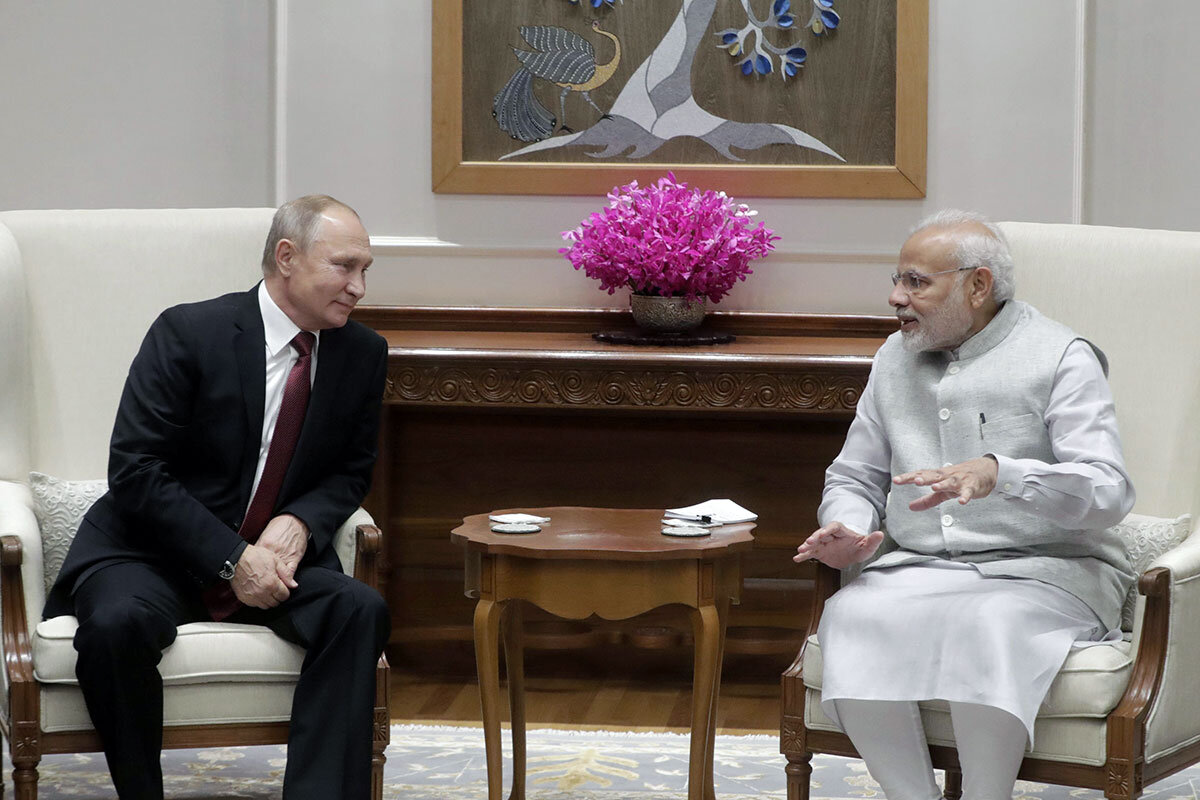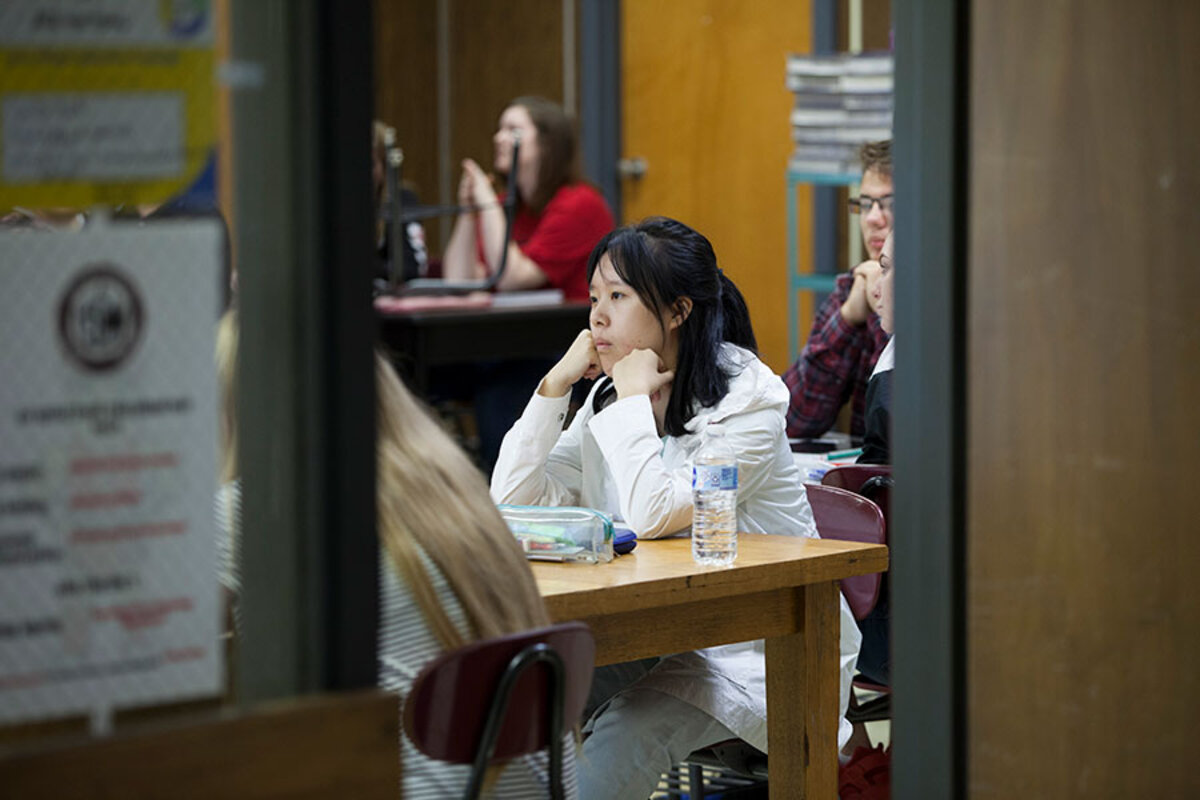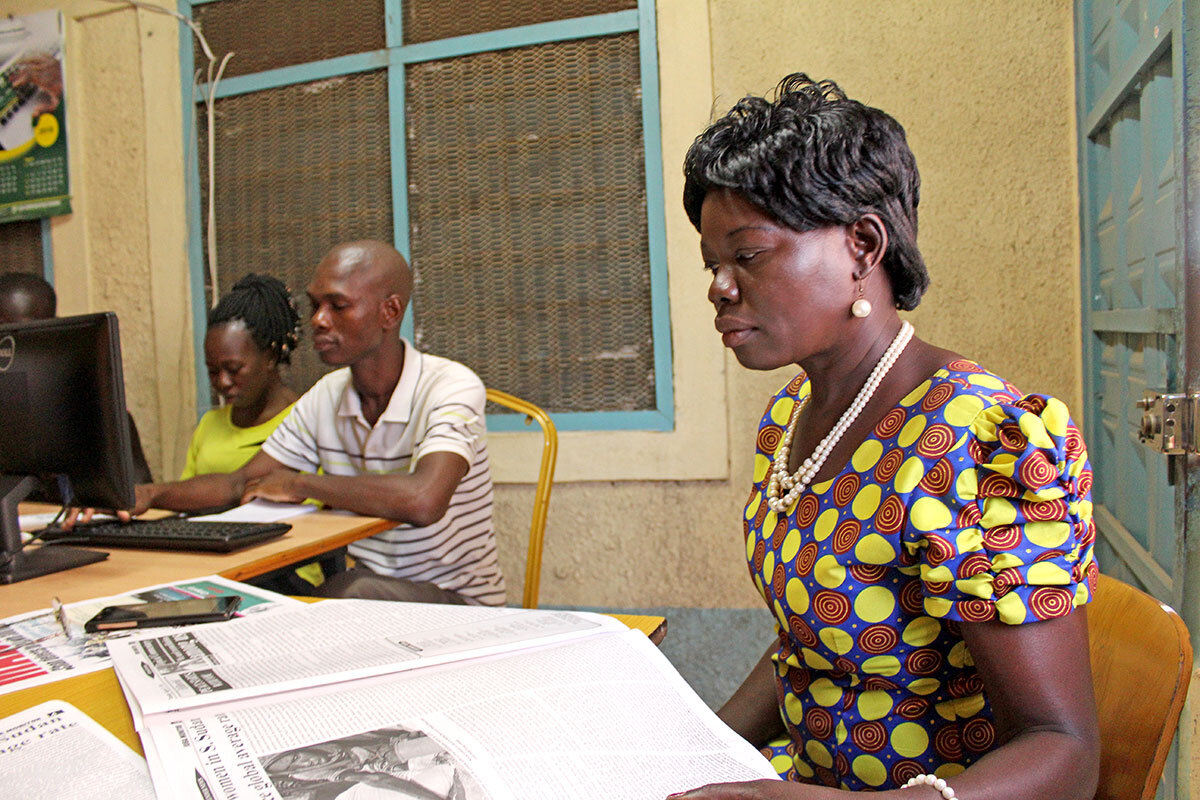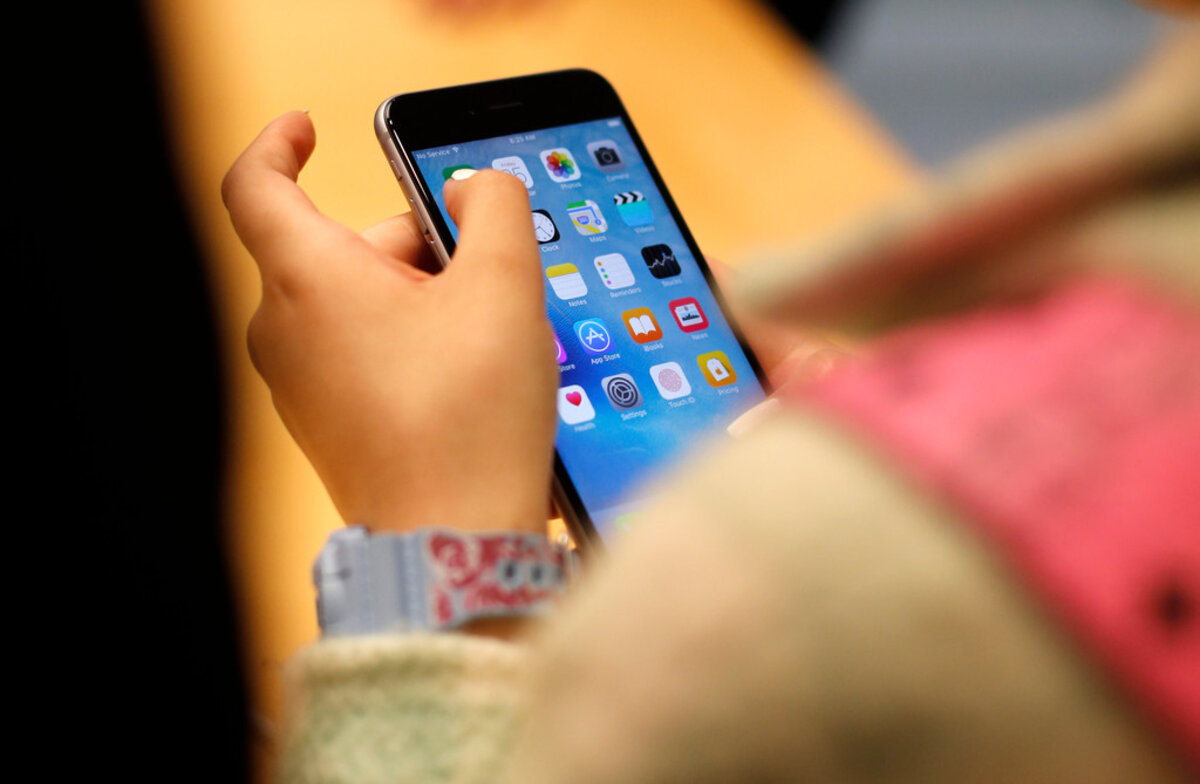From challenges come opportunity? That may well be President Vladimir Putin’s mantra in New Delhi as he seeks to reinsert Russia into India’s diversified portfolio of relationships.
Monitor Daily Podcast
- Follow us:
- Apple Podcasts
- Spotify
- RSS Feed
- Download
 Noelle Swan
Noelle Swan
Ap Verheggen has done something impossible.
The Dutch artist and inventor has developed a technology capable of pulling water out of thin air.
During a five-day test of his SunGlacier project in the Mali desert, Mr. Verheggen was able to extract 8 liters of clean water per day using two minifridge-sized metal boxes he dubbed the Desert Twins.
In the grand scheme of things, that yield is small. But in a world where more than 2 billion people lack access to potable water at home, every drop counts. Verheggen has since offered a smaller version of his device to universities around the world to improve upon.
The secret sauce of visionaries, it seems, is to help the rest of us to see past the confines of possibility. Not all attempts to achieve the impossible pan out, of course. The alchemists, for instance, never did find the recipe to transform ordinary elements into gold.
But every day, there are individuals all over the world who do succeed in turning fantastical ideas into reality, from drones that are restoring lost forest in Southeast Asia at the rate of 100,000 trees a day, to fans in Iceland that suck carbon dioxide out of the air and turn it into stone.
In a world facing seemingly insurmountable challenges, these technological “miracles” offer a sense of hope for us all.
Now on to our five stories for today. One showcases a symbiotic relationship between Chinese families wanting their children to receive an American education and a US community struggling to fill desks. Another highlights the perseverance required to keep a country wracked by violence and hunger informed.











